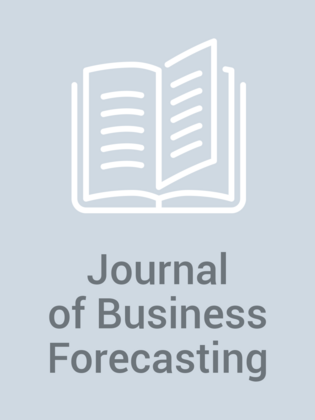History To Demand-Driven Forecasting
Historyto DemanD-Driven Forecasting By Larry Lapide, Ph.D. (This is an ongoing column in The Journal, which is intended to give a brief view on a potential topic of interest to practitioners of business forecasting. Suggestions on topics that you would like to see covered should be sent via e-mail to llapide@mit.edu) I I n early Spring I wrote the foreword to Charlie Chase’ forthcoming book, Demand-Driven Forecasting (John Wiley & Sons). It was an honor to be asked to do it, as I’ve known Charlie since the early 1990s and consider him not only a well-respected colleague, but also a close friend. In fact I owe him a great deal because he introduced me to the Institute of Business Forecasters organization, the pre-eminent business forecasting organization that I’ve been affiliated with ever since. This column is partly based on what I wrote in the book’s foreword. As I delved into the writing, it drove me to the conclusion that the biggest change I’ve seen in business forecasting over the past few decades has been a movement from history-based forecasting to demand- driven forecasting. That is, a trend from forecasting largely based on analyzing historical data ...
From Issue:
Summer 2009
(Summer 2009)









